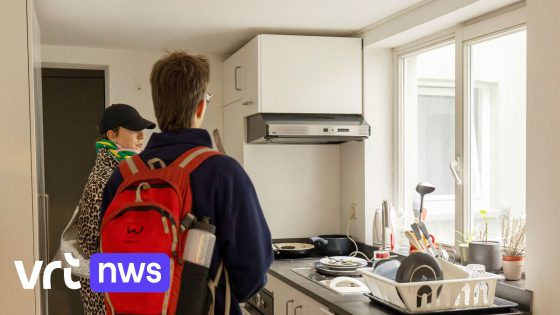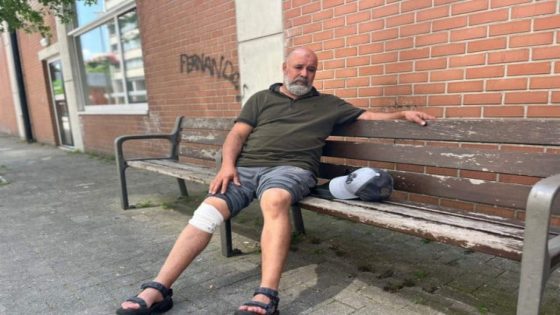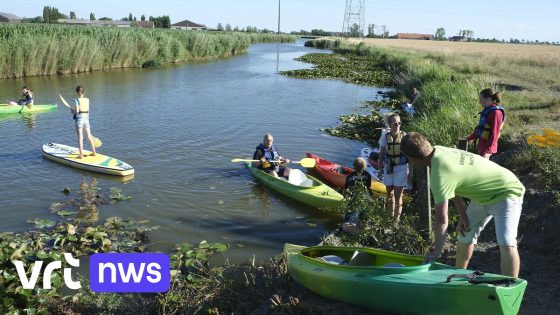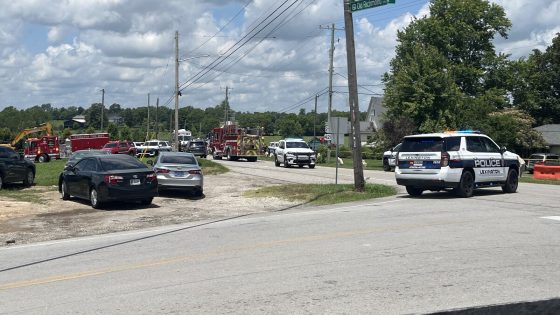The trend of “fermettisering” in the Belgian countryside is gaining momentum, with the number of applications tripling over the past five years. This shift towards rural property consolidation and modernization has sparked interest among locals and policymakers alike. As of 2025-08-12 08:02:00, new data reveals how this phenomenon is reshaping Belgium’s rural landscape.
- Fermettisering van platteland neemt toe
- Aanvragen verdrievoudigen in vijf jaar tijd
- Plattelandsontwikkeling krijgt meer aandacht
- Media rapporteren groei fermettisering consistent
- Regionale verschillen in fermettisering mogelijk aanwezig
Fermettisering, or the transformation of small farms into larger, more efficient units, raises questions about its impact on rural communities and land use. What does this mean for traditional farming families and the sustainability of Belgium’s countryside? The growing pace of applications suggests significant changes are underway, impacting both the economy and local culture.
Understanding these developments is crucial for residents and stakeholders who want to stay informed about rural Trends. Let’s explore what the recent surge in fermettisering applications means for Belgium’s future rural environment.
Why is fermettisering accelerating now? The trend reflects broader shifts in agriculture and rural development, but what are the key implications?
- Farmers seek efficiency by merging smaller plots into larger, more manageable units.
- Rural economies may benefit from increased productivity but risk losing traditional farming heritage.
- Local communities face changes in land ownership patterns and potential demographic shifts.
- Policy decisions will play a crucial role in balancing growth with preservation efforts.
As fermettisering continues to evolve, Belgian stakeholders should engage in open dialogue to ensure sustainable rural development. How can Belgium’s countryside embrace change while preserving its identity? The coming years will be critical in shaping this balance.































